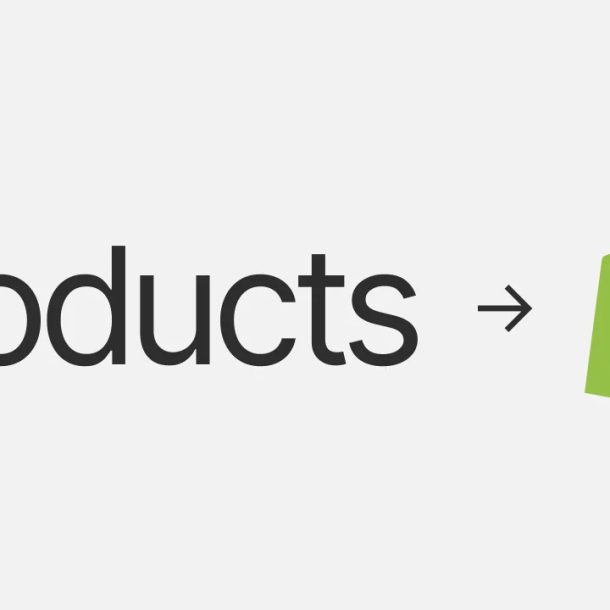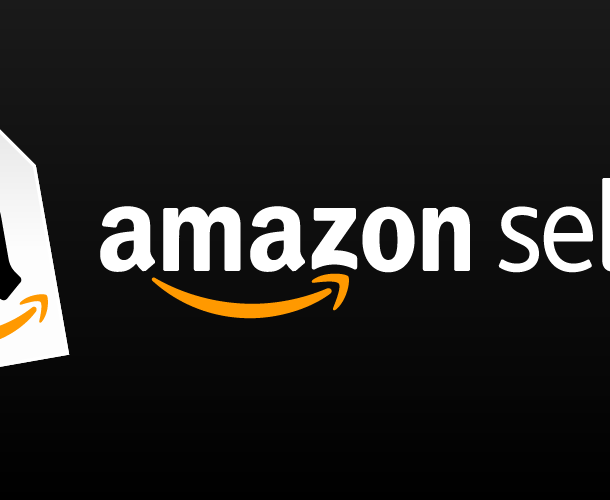
How to Manage Cash Flow Effectively in E-commerce
Managing cash flow is one of the most critical aspects of running a successful e-commerce business. Whether you’re scaling rapidly or navigating seasonal fluctuations, a lack of cash flow planning can cripple operations. Unlike traditional retail, e-commerce involves unique timing challenges with inventory purchasing, advertising spend, and platform fees—all of which can quickly eat into profits if left unchecked.
In this guide, we’ll walk you through practical, actionable strategies to optimize your cash flow, reduce risk, and maintain financial flexibility in your e-commerce business.

Why Cash Flow Matters in E-commerce
While revenue is important, cash flow—the movement of money in and out of your business—is what keeps your store running. Without adequate cash on hand, you can’t replenish inventory, cover shipping costs, invest in marketing, or pay vendors on time.
E-commerce brands, especially those selling on platforms like Amazon or Shopify, must contend with delays in payout schedules, variable advertising costs, and supply chain lead times. Managing cash flow effectively ensures that your business not only survives but grows sustainably.
Actionable Strategies to Improve E-commerce Cash Flow
1. Forecast Cash Flow with Realistic Projections
Use a simple spreadsheet or accounting software to map out expected income and expenses for the next 3–6 months. Include sales projections, inventory restock dates, loan repayments, platform fees, and marketing budgets. Tools like QuickBooks or A2X (for Shopify and Amazon reconciliation) can automate some of this process.
2. Align Inventory with Sales Velocity
Overbuying inventory ties up cash unnecessarily, especially in Q1 or off-peak months. Leverage inventory planning tools like Inventory Planner or your Amazon reports to analyze sell-through rates and avoid dead stock.
Key metrics to monitor:
Days of inventory on hand
Lead time to restock
Unit economics (profit per SKU)

3. Negotiate Better Terms with Suppliers
Rather than paying suppliers 100% upfront, ask for Net 30, 60, or partial payment terms. This gives you more breathing room and allows you to sell products and generate revenue before the invoice is due. Developing long-term relationships with reliable suppliers makes these conversations easier and more fruitful.
4. Diversify Revenue and Reduce Dependency
Avoid relying on a single platform for all your income. If you’re 100% Amazon-dependent, a suspension or algorithm change can freeze your cash flow. By expanding into your own Shopify store, Faire wholesale, or Walmart Marketplace, you distribute risk and stabilize income.
5. Track Advertising ROI Closely
Ad spend can balloon quickly—especially during peak season or if not tightly monitored. Use tools like Helium 10 or Shopify Analytics to track return on ad spend (ROAS) and pause campaigns that aren’t converting. Set daily and monthly limits to prevent overspending.
Bonus Tips for Staying Ahead
Use a Business Credit Line or Cash Advance Carefully: These can help during short-term gaps but should be used with a clear repayment plan.
Automate Accounts Receivable and Payables: Late payments can sink your business. Automate invoicing and set calendar alerts for upcoming bills.
Create a Cash Reserve: A 2–3 month reserve can help cover unexpected delays like late shipments or product returns.

Wrapping Up
E-commerce is fast-paced, but with proper cash flow management, you can stay ahead of challenges and make confident decisions. Prioritize visibility into your finances, automate where possible, and build a cushion to keep your brand resilient and profitable.
If you’re looking for more guidance, check out this Shopify cash flow management guide or Amazon’s best practices for sellers to deepen your financial control and grow with intention.














